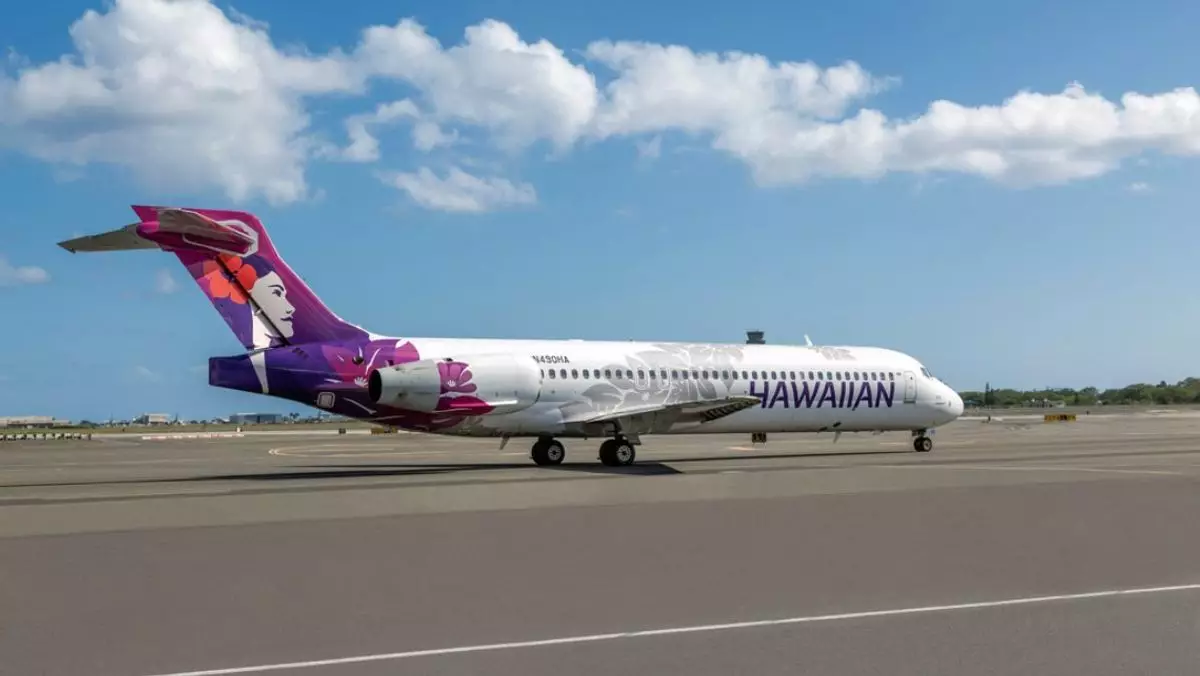Hawaiian Airlines recently made a court filing stating that they would have to halt all traditional GDS sales if the U.S. Department of Transportation implements its rule for airline fee disclosure as planned on Oct. 30. This declaration highlighted the potential worst-case scenario for the airline if they are unable to comply with the DOT regulation. This move would have a significant impact on their travel agency partners, disrupting their ability to sell products effectively and transparently.
The trade group Airlines for America, along with members such as Hawaiian, Alaska, American, Delta, JetBlue, and United, filed a lawsuit against the DOT in May over the rule. The reasoning behind the legal challenge is that the rule is deemed arbitrary and exceeds the DOT’s authority. Additionally, the airlines argue that the implementation of the rule will clutter search display screens, leading to confusion among consumers. IATA and the National Air Carrier Association are also involved in the legal proceedings, further complicating the matter.
Technological Constraints
Airlines have raised concerns about the technological constraints of the Edifact technology used to power legacy GDS systems, making it expensive or impractical to comply with the DOT’s deadlines. Hawaiian Airlines’ managing director of distribution, Kristina Larson, pointed out that legacy GDS technology is not capable of presenting passenger-specific data as required under the DOT rule. This data includes information such as the passenger’s loyalty status, military status, and the status they hold as the holder of a particular airline credit card.
If the rule’s effective date is not stayed, Hawaiian Airlines stated that they would have to disable the legacy Edifact distribution standard on Oct. 30 to prevent distributing inaccurate, non-passenger-specific content to third-party distribution providers. This move would result in a revenue loss of millions of dollars per month, as consumers would no longer be able to book travel through those channels. The airline would also have to negotiate new contracts and initiate technology upgrades required for travel agencies and aggregators to share passenger-specific information via New Distribution Capability (NDC), incurring additional costs.
The DOT has denied a request by airlines to stay the implementation of the rule, arguing that a delay would harm consumers. The rule aims to protect consumers by allowing them to make more informed and quicker decisions when shopping for airfare. While no travel agencies have joined the legal challenge against the DOT regulation, organizations such as ASTA and the Travel Technology Association have expressed concerns. The rule requires agencies and airlines to provide upfront fee displays, but it does not mandate airlines to provide that information to agencies through legacy GDSs, giving airlines the flexibility to choose how they provide the information.
The implementation of the DOT regulation on airline fee disclosure poses significant challenges for Hawaiian Airlines and other carriers. The legal battle, technological constraints, and financial implications highlight the complexity of complying with the rule while balancing consumer protection and industry interests. It remains to be seen how this regulatory issue will evolve and its ultimate impact on the airline industry as a whole.


Napsat komentář